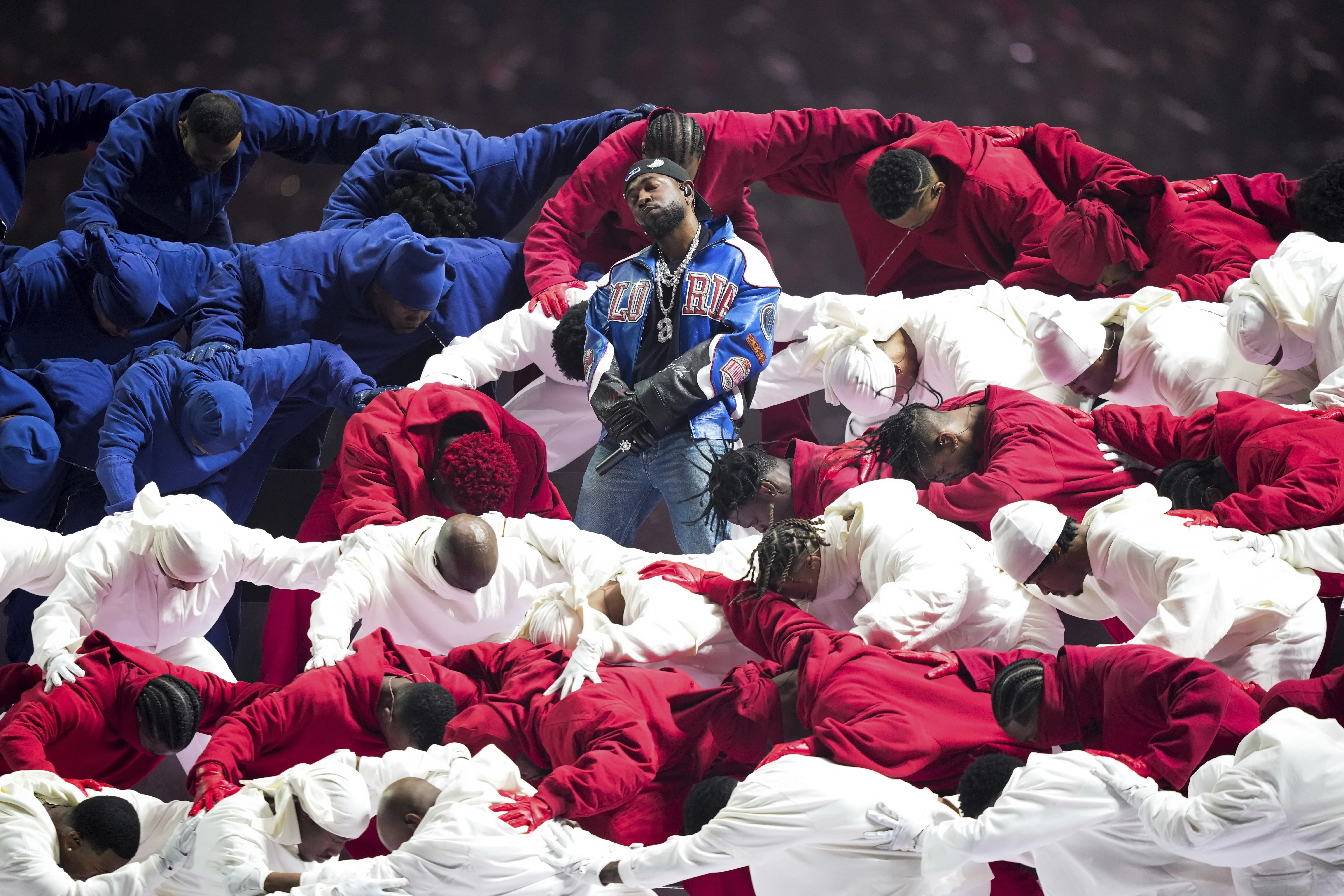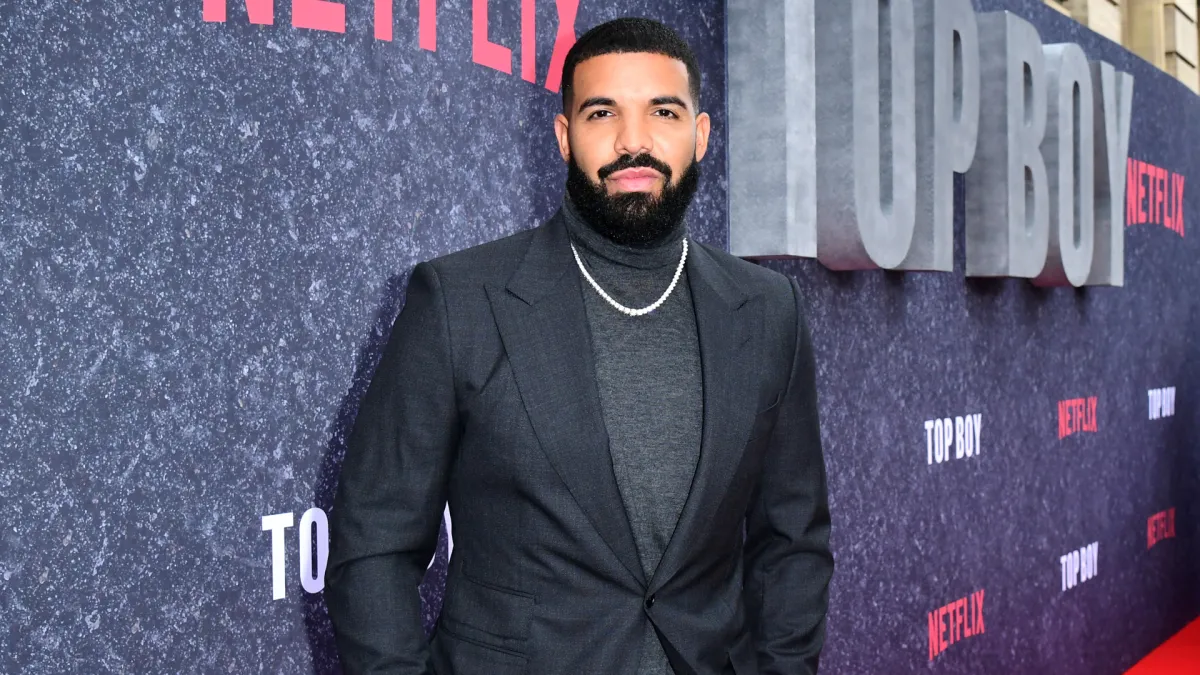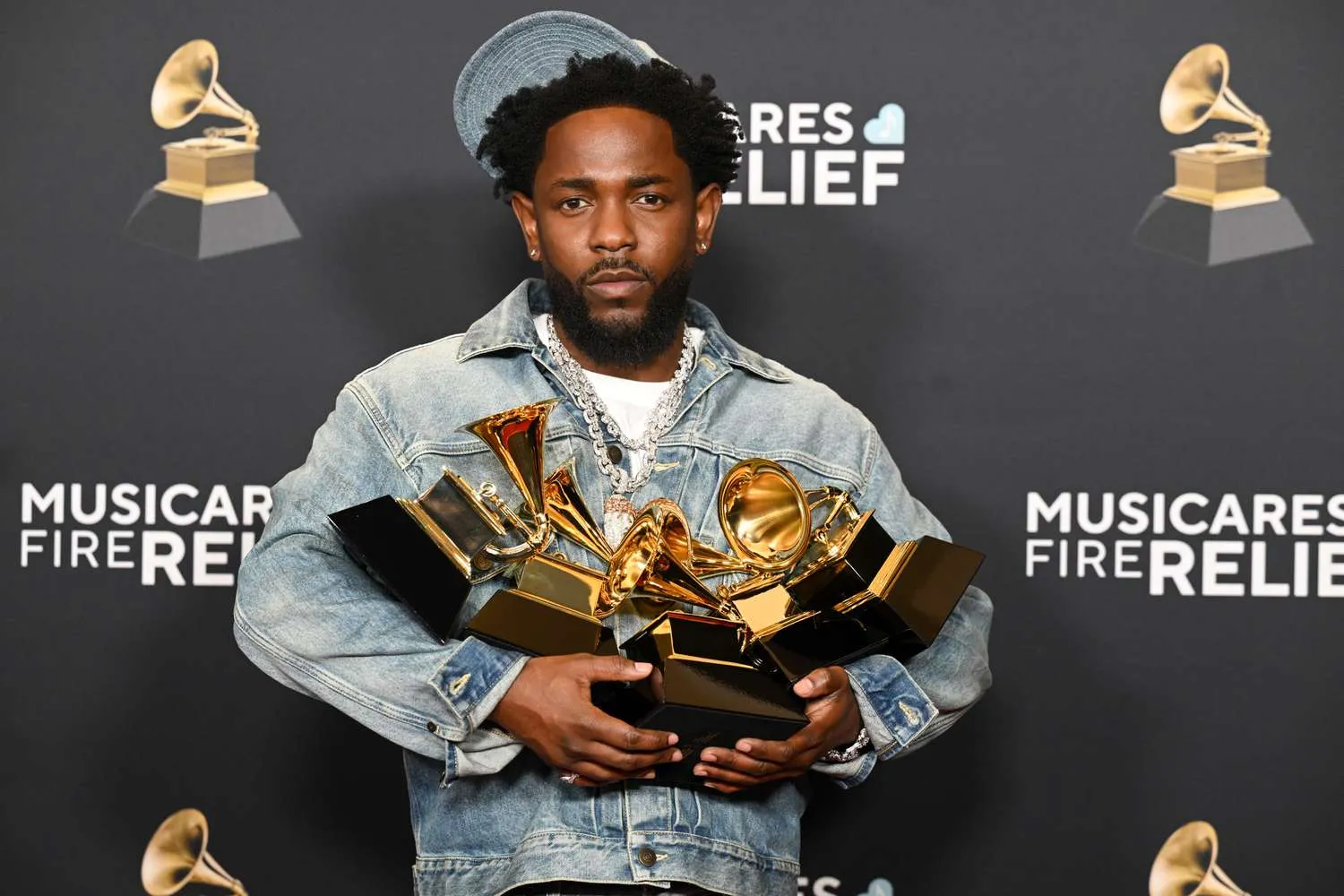In a groundbreaking move, FIFA has confirmed that the 2026 World Cup Final will feature a Super Bowl-style halftime show, a first in the tournament’s 92-year history. This decision aims to elevate the spectacle of the most-watched sporting event on the planet, merging football with world-class musical performances to attract an even broader audience.
The halftime show will mirror the format of the NFL’s Super Bowl halftime spectacle, which has become a cultural phenomenon in the United States. Earlier this year, the Super Bowl LIX halftime show featured Kendrick Lamar, drawing massive global attention. Now, FIFA is looking to replicate that success on football’s grandest stage.
This decision has sparked excitement, skepticism, and debate among fans and experts alike. Is this a revolutionary step that will enhance the World Cup experience, or is it an unnecessary commercialization of the sport? Let’s break down the details, potential performers, and what this means for the future of football.
The Evolution of Entertainment in Sports
The Super Bowl Halftime Show: A Global Benchmark
The Super Bowl halftime show has evolved from simple marching band performances to one of the most anticipated entertainment events of the year. Over the decades, it has featured legendary performances from:
Michael Jackson (1993): The King of Pop transformed the halftime show into a global spectacle, drawing over 133.4 million viewers.
Beyoncé (2013 & 2016): Her electrifying performances set new standards for live entertainment.
Rihanna (2023): Her return to the stage generated over 121 million viewers, surpassing the game’s viewership.
By incorporating a halftime show into the World Cup Final, FIFA is borrowing from the NFL’s playbook to enhance the entertainment factor and attract more global sponsors.

Football’s Relationship with Music and Entertainment
Football has always had deep ties with music, from the anthems sung by fans in stadiums to official World Cup songs. Past tournaments have featured:
Ricky Martin’s “La Copa de la Vida” (1998)
Shakira’s “Waka Waka” (2010)
K’Naan’s “Wavin’ Flag” (2010)
Maluma & Nicki Minaj’s “Tukoh Taka” (2022)
However, these performances have primarily taken place during opening and closing ceremonies. The halftime show concept is entirely new for FIFA, marking a major shift in the tournament’s tradition.
FIFA’s Vision for the 2026 World Cup Halftime Show
Why Introduce a Halftime Show Now?
FIFA President Gianni Infantino has emphasized that this move is part of a broader effort to “modernize” the World Cup and engage younger audiences.
“The FIFA World Cup is the biggest sporting event in the world. By integrating a halftime show, we are making the final even more special, ensuring that it is not just a match but a global celebration,” Infantino stated.
With an estimated 1.5 billion viewers tuning in, FIFA sees this as an opportunity to maximize commercial revenue through sponsorships, advertising, and broadcasting rights.
Potential Halftime Show Performers
Although FIFA has not officially confirmed the performers for the 2026 final, early rumors suggest a star-studded lineup could be in the works. Some of the biggest names speculated to perform include:
Coldplay: The British band has previously collaborated with Global Citizen, which is involved in planning the event.
Dua Lipa: A global pop icon with massive international appeal.
Bad Bunny is a Latin superstar whose influence stretches across both North and South America.
Drake: A name that could bridge the gap between sports and entertainment in North America.
Beyoncé is a high-profile artist with experience performing at major sporting events.
Given that the 2026 World Cup will be co-hosted by the United States, Canada, and Mexico, it’s possible that the halftime show will feature a diverse lineup to appeal to audiences worldwide.

Logistics and Challenges of Implementing a Halftime Show
How Will FIFA Adapt the Traditional Halftime Format?
Unlike the NFL, which allows a 30-minute halftime break, FIFA’s halftime is traditionally 15 minutes. This presents a significant challenge in organizing a large-scale performance.
Possible solutions include:
-
Extending halftime: FIFA could increase the break to 20-25 minutes to accommodate the show.
Shortened performance: a compressed, 8-10 minute set similar to the Super Bowl’s fast-paced format.
Pre-recorded elements: Some aspects of the show could be pre-recorded and mixed with live segments.
FIFA will need to ensure that the show doesn’t disrupt the players’ performance or affect the competitive integrity of the match.
Where Will the Halftime Show Take Place?
The 2026 World Cup Final is set to be held at MetLife Stadium in East Rutherford, New Jersey, a venue that has hosted some of the biggest entertainment events, including WWE Mania and major music concerts.
MetLife Stadium’s advanced infrastructure makes it an ideal location for handling the massive stage setups and logistics required for a Super Bowl-style performance.
Mixed Reactions: Excitement vs. Criticism
Fans and Celebrities React
The announcement has sparked divided opinions among football fans, with some embracing the change and others criticizing it.

It will enhance the global appeal of the World Cup.
The show will attract new audiences who might not typically watch football.
It creates a more immersive entertainment experience for fans at home and in the stadium.

It could commercialize the World Cup too much.
Purists believe halftime should be used for tactics and team discussions, not concerts.
Concerns over whether a longer halftime could affect players’ performance.
Many fans took to social media to express their views:
@FootballFan99: “This is an amazing idea! Can’t wait to see who performs.”
@Traditionalist22: “Football is not the Super Bowl. Keep the halftime for team talks, not concerts.”
@MusicLoverX: “If Beyoncé performs, I’m watching the World Cup Final for the first time ever!”

Could This Be the Future of FIFA Events?
If the 2026 World Cup halftime show is a massive success, it could pave the way for FIFA to permanently integrate entertainment segments into future tournaments.
Potential long-term changes could include:
Halftime shows at all future World Cup Finals
Bigger opening and closing ceremonies with more global artists
More crossover between music and football to attract younger demographics
This could mark a new era where FIFA blends sports and entertainment, much like the NFL and NBA have done over the years.
Final Thoughts: A Bold Experiment for FIFA
The introduction of a halftime show at the 2026 World Cup Final is a game-changing decision that could redefine football’s relationship with entertainment.
While some purists may resist the change, there’s no denying that this move aligns with FIFA’s ambition to make the World Cup an even bigger global spectacle.
Will it be a masterstroke in sports entertainment, or will it feel out of place in the world’s most prestigious football event? We’ll find out when the World Cup Final takes center stage on July 19, 2026.
One thing is certain: football fans worldwide will be watching.





